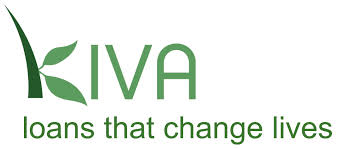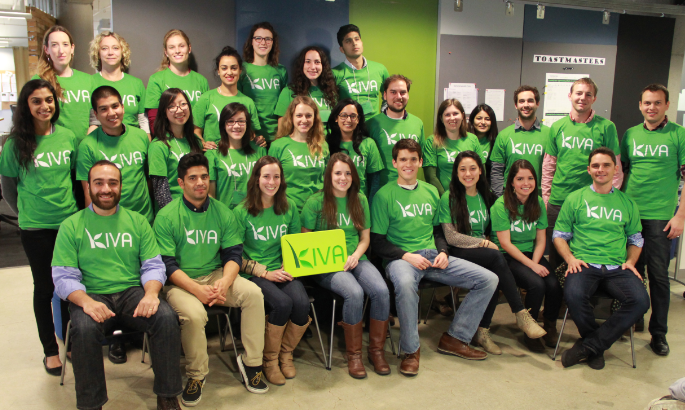Organization:Kiva
Contents
Overview
There are many students on campuses across America who are working on solutions for the developing world. These solutions range from $2 birth kits that prevent women in India from giving birth in unsanitary conditions and solar lights, to corn shellers, irrigation pumps and bicycle-powered phone chargers. However, students fall short if/when they don't figure out the sustainable mechanisms to bring the product to market. The students who succeed create win- win solutions for entrepreneurs in the developing world who can increase their personal income by being distributors and resellers. Kiva, and other microfinance organizations, may serve as a platform for American students who are looking at those types of world-changing solutions.
Founded in 2005 by Matt Flannery and Jessica Jackley and headquartered in San Francisco, CA, Kiva Microfunds is a non-profit organization that allows lenders to make loans via the Internet to entrepreneurs and students. As of November 2013, Kiva has distributed almost $500 million from 1 million lenders to 1.2 million borrowers.
Purpose
Kiva aims to create an international platform that connects lenders and low income individuals/underserved entrepreneurs from around the world. Kiva connect people through lending to alleviate poverty and create opportunities for entrepreneurs who lack access to start-up capital. Their operation mainly revolves around the idea of microfinance. Microfinance is a general term used to describe financial services to low-income individuals or to those who do not have access to typical banking services. The concept of microfinance conveys the idea that low-income individuals are capable of lifting themselves out of poverty if given access to financial services. Kiva's ultimate goal is to find a sustanable mechanism to continuously provide safe, affordable access to capital to those who in need through microfinance.
Distinct Differences From Other Offerings
Kiva Microfunds is one of the first organizations that have succesfully discovered and developed a sustainable microcredit concept. They allow indivisuals to loan as little as $25 to help entrepreneurs in the developing world to expand their business. There are four major steps involved when making a loan through Kiva. First, 100% of lender's loans will be sent to microfinance institutions that Kiva has been working with (which are called Field Partners) who administers loans in the field. Next, lenders will get updates on the progress of their loans from Kiva and they will be able to trace the path of their donation. As borrowers repay their loans, the money becomes available in the lenders' Kiva accounts and now the lenders can either reuse this money to fund another loan, donate it to Kiva or withdraw it from the account.
Impact Achieved For Students And Campus
The Kiva Internship Program has been providing rich, educational experiences for students who can dedicate 6 months, part-time, to work on high impact projects with Kiva. In addition to working with their teams, Kiva provides a robust microfinance and career development program, including monthly microfinance classes, professional development workshops, a professional development club and an alumni network of over 300 Kiva Intern alums. The in-depth projects students contribute to during their internship help them build a career in the International Development and Social Enterprise fields, as well as open them to a network of mission focused non-profits and tech startups.
Steps Required To Bing Resource To Campus
In order to bring the resource to campus, student leaders need to spread/raise awareness about the opportunities Kiva provides. Follow the steps below to apply for Kiva’s Internship Program.
- Visit Kiva’s website in March to find out more information about the application process. Insert Link here
- Fill out the application form; submit a resume and a cover letter to be considered for a general internship/volunteer position.
- Only selected applicants will be contacted for an interview.
- Final interview & selection process
- Kiva only hosts three internship classes per year with 35 people in each class. They receive around 250 - 300 applicants each year which gives an acceptance rate of only 10 - 15%.
Contact Information
To get in contact with Kiva, submit a request or call (828) 479-5482 (Voicemail).
Visit Kiva's website for more information. kiva.org

